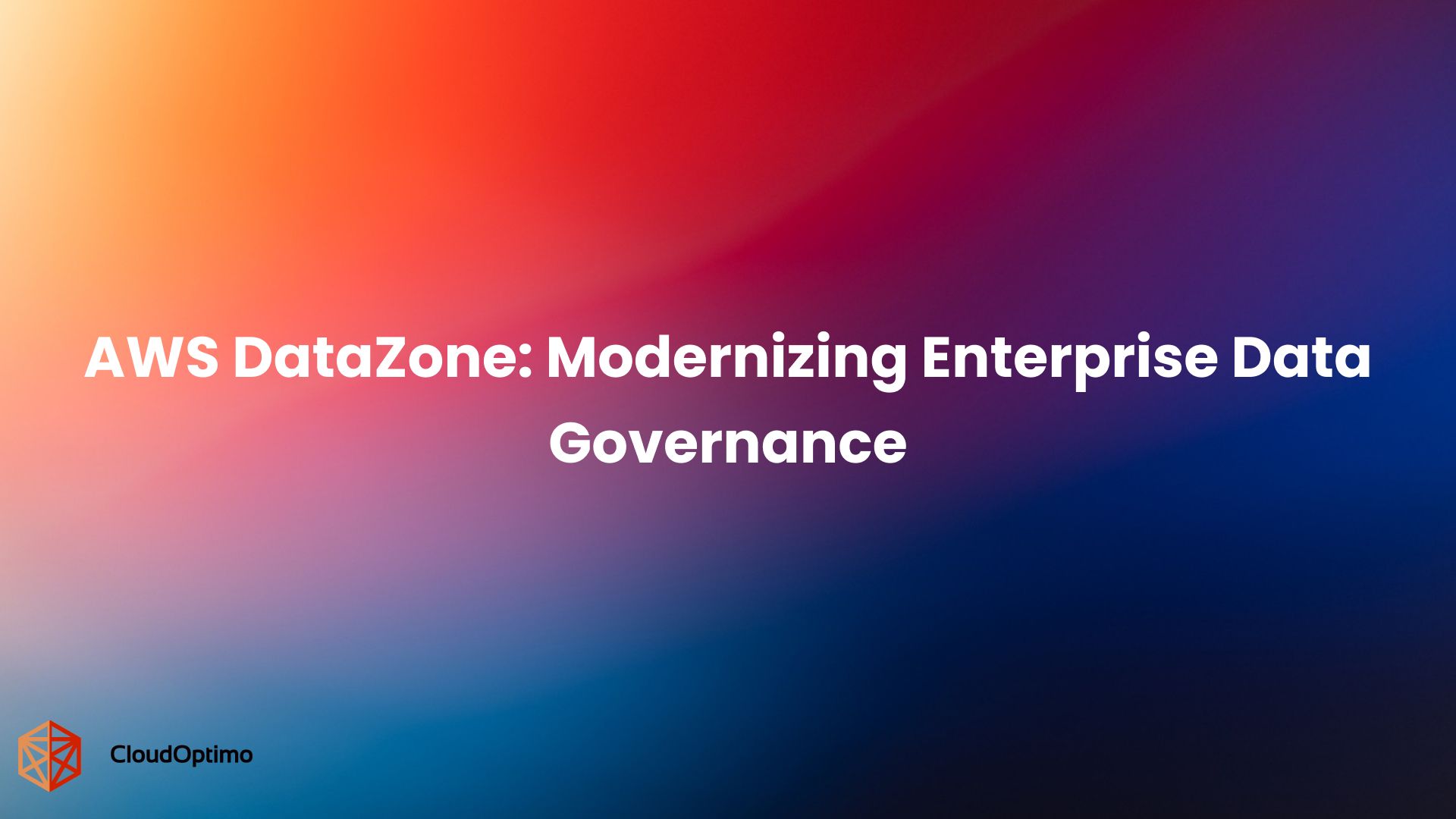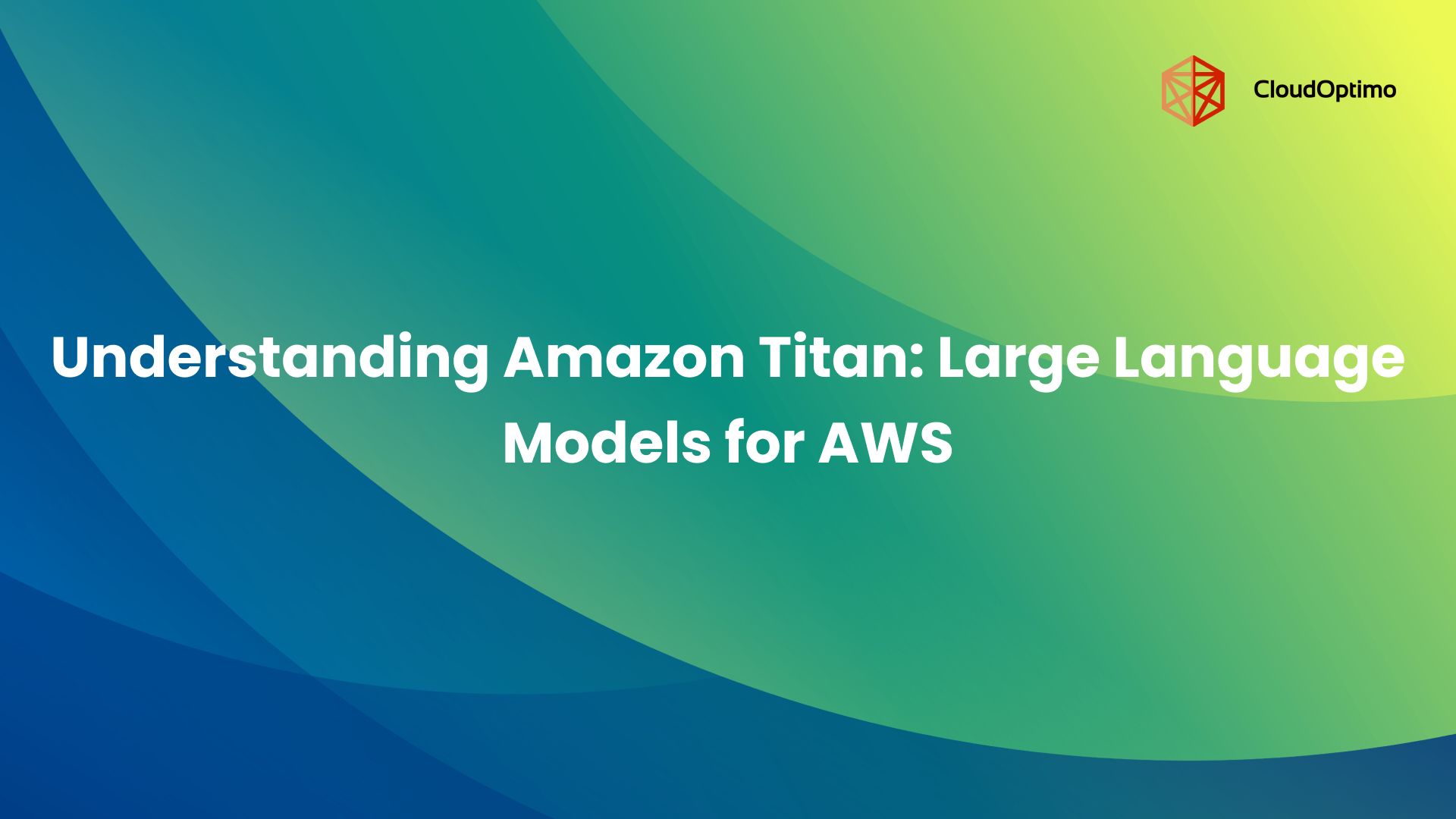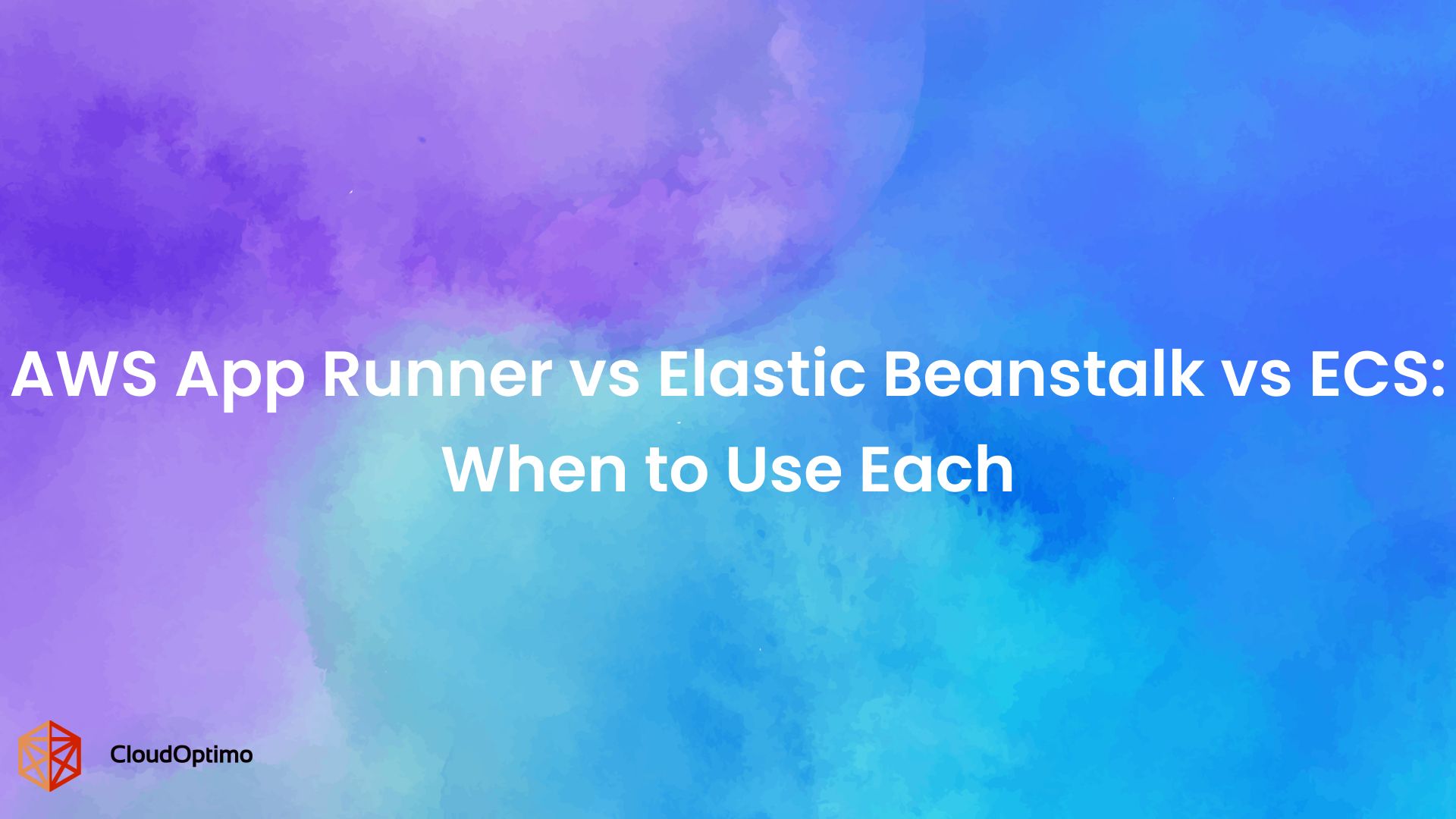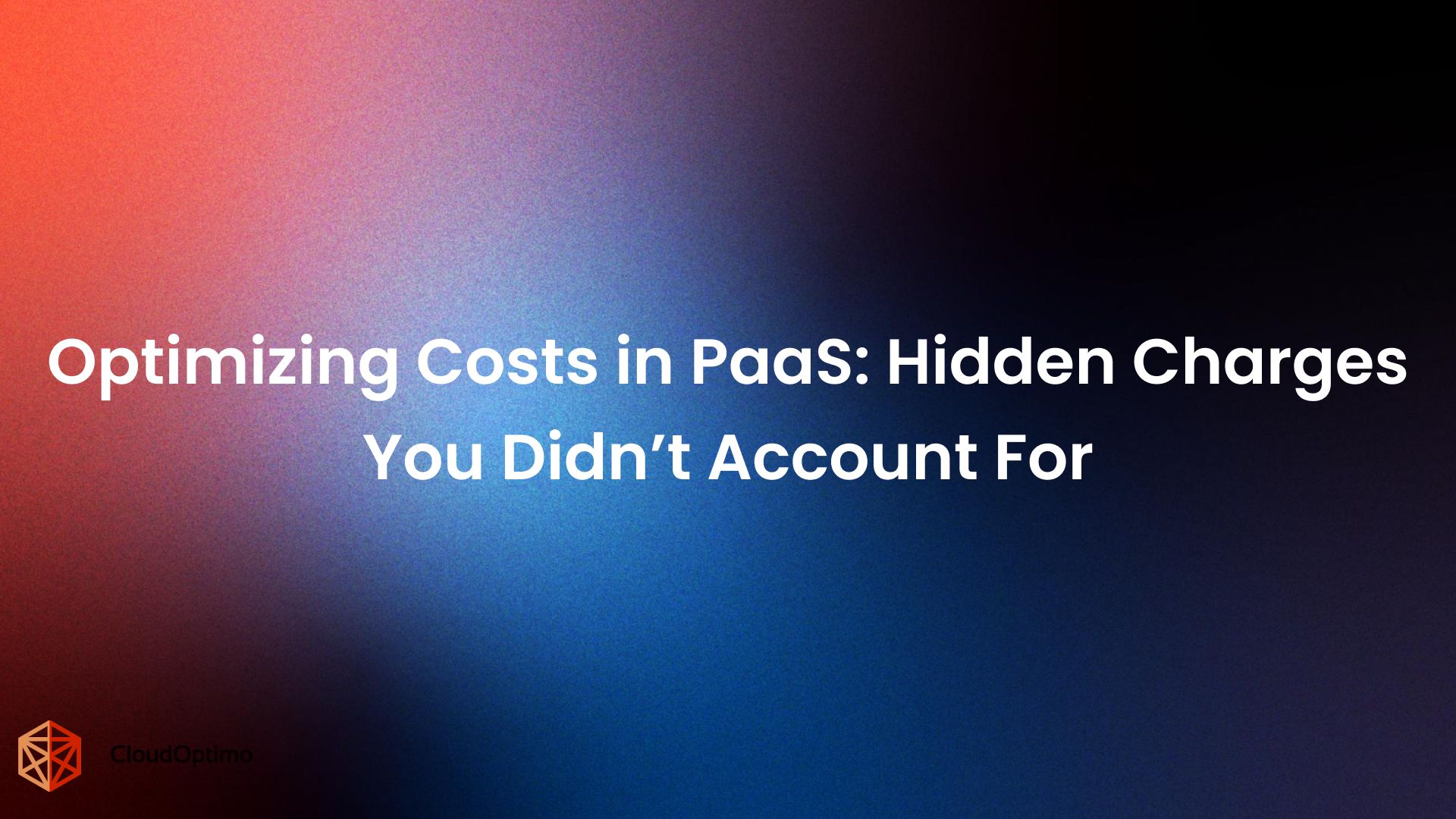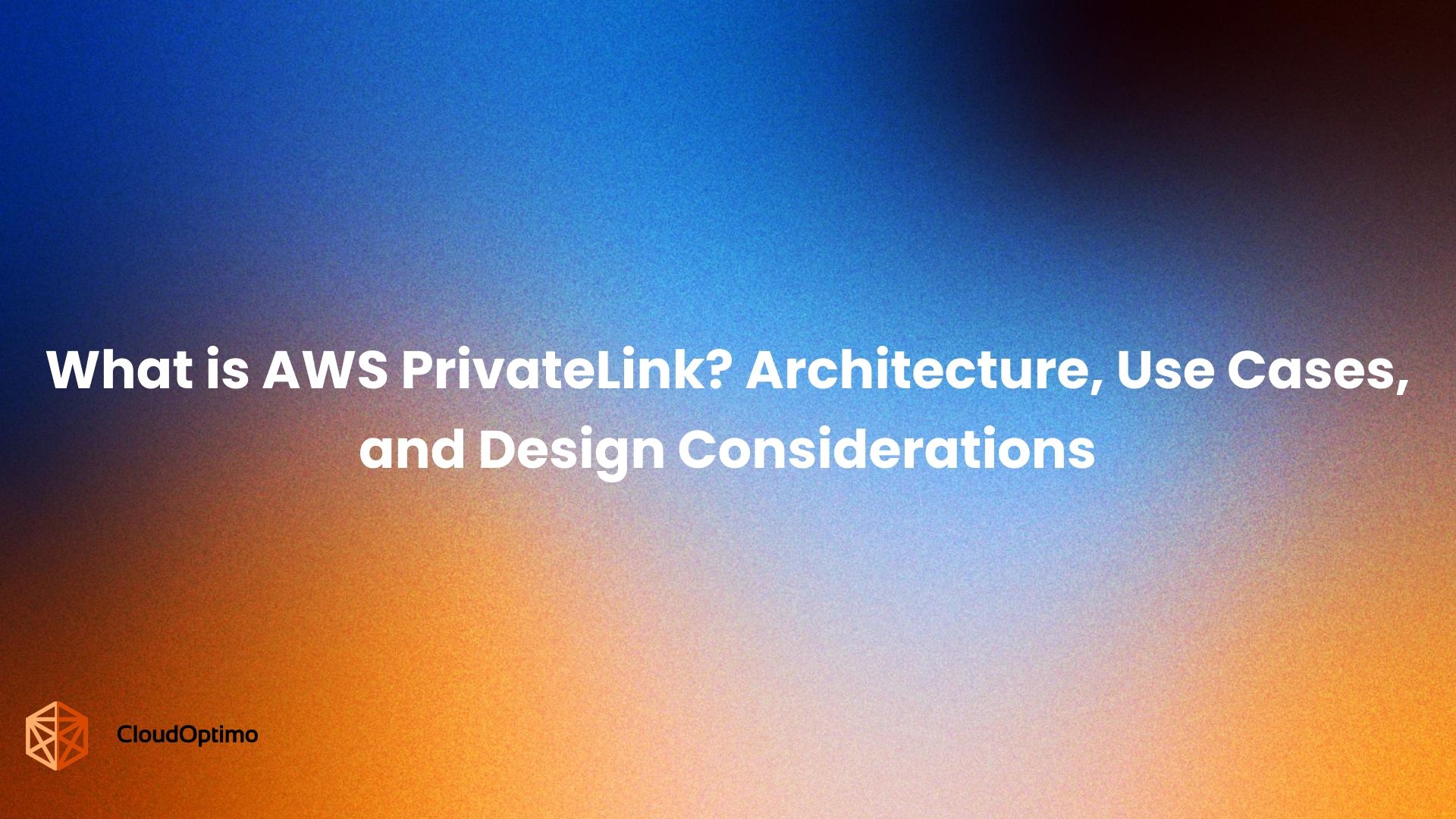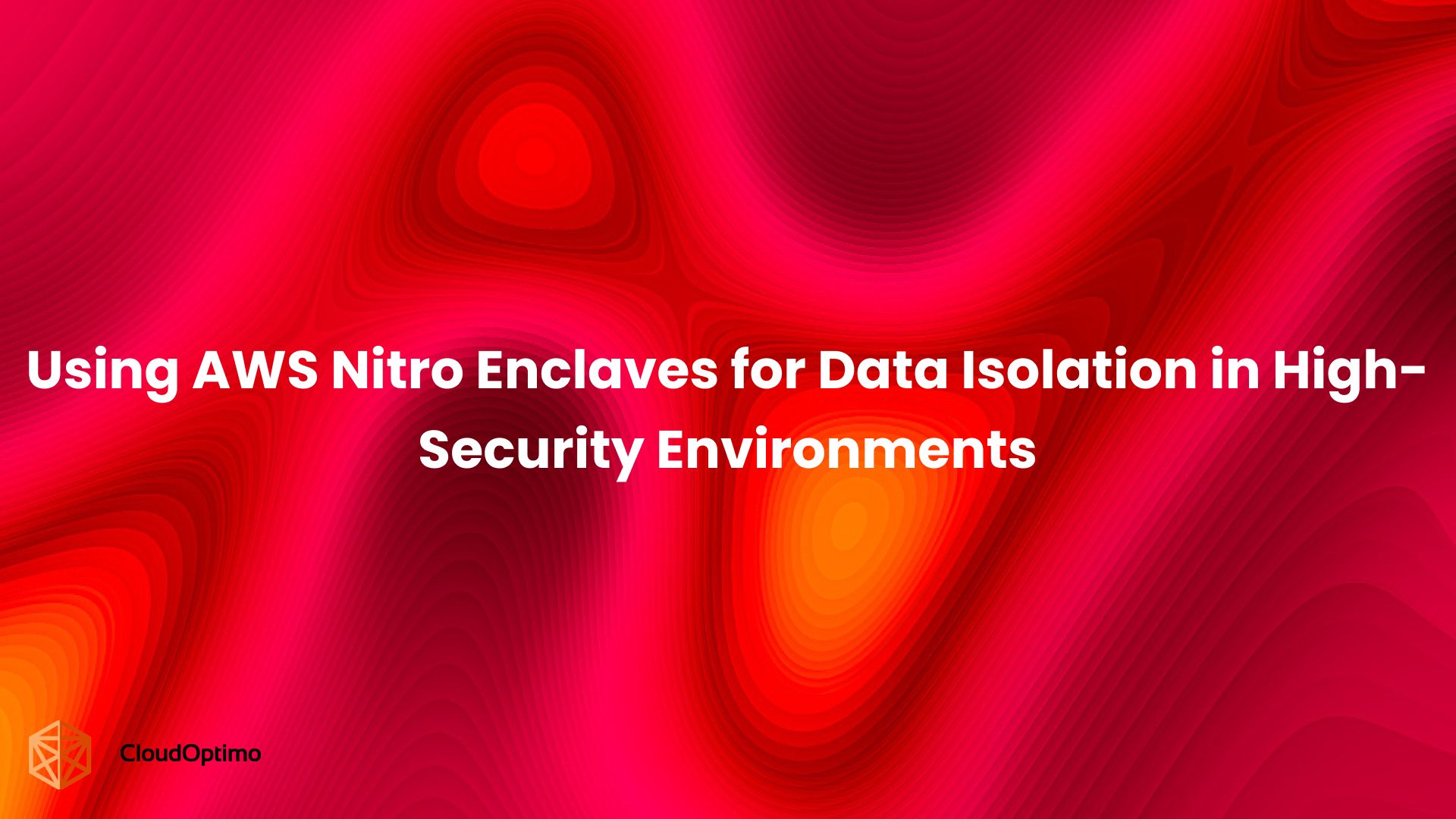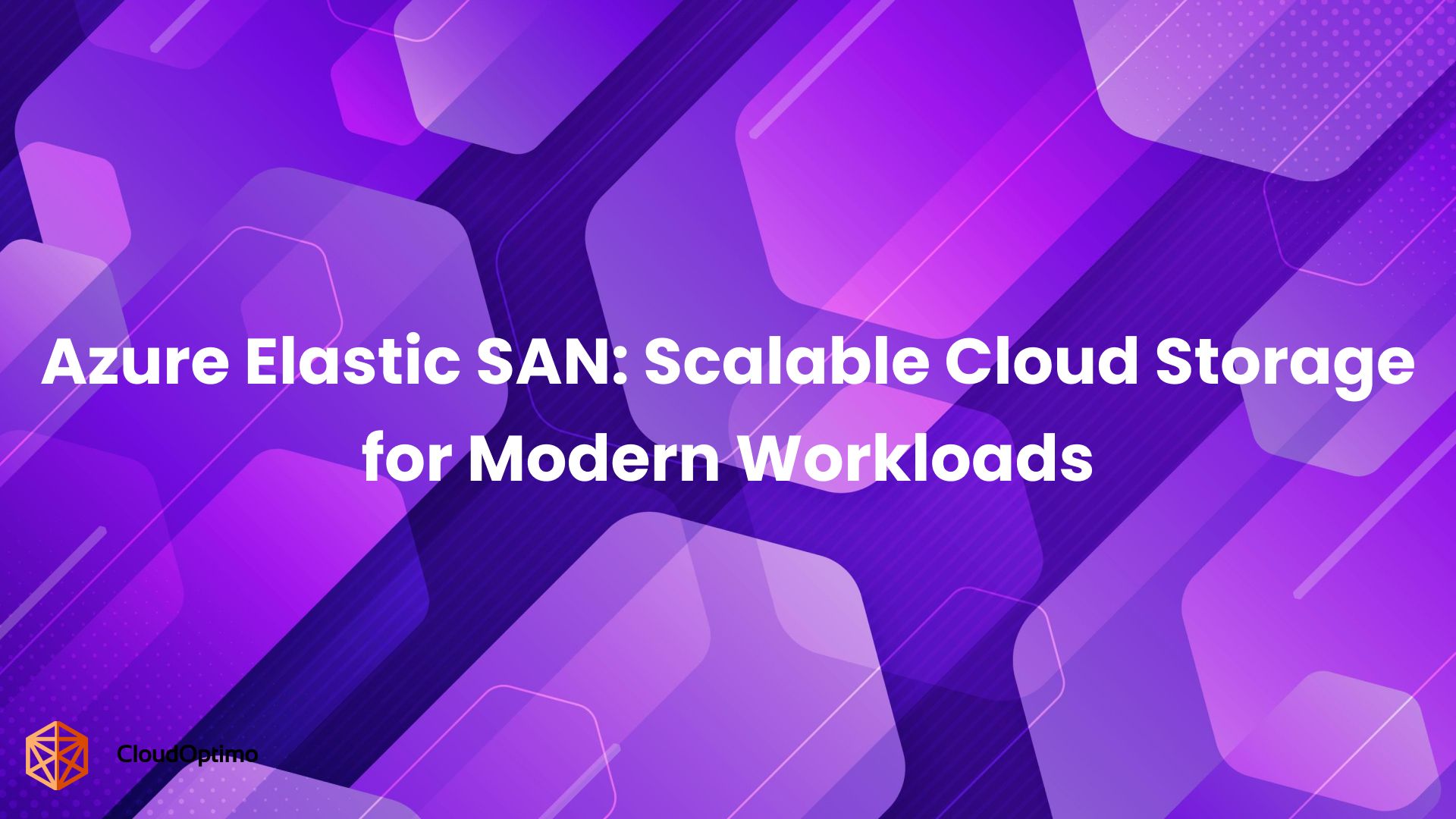
Azure Elastic SAN: Scalable Cloud Storage for Modern Workloads
Enterprises today generate more data than ever, and the pace of growth shows no signs of slowing. Traditional on-premises Storage Area Networks (SANs) have long provided dependable performance for databases, analytics, and ERP systems. Yet, as workloads expand and diversify, these systems struggle with inflexible capacity, complex upgrades, and high operational costs.



